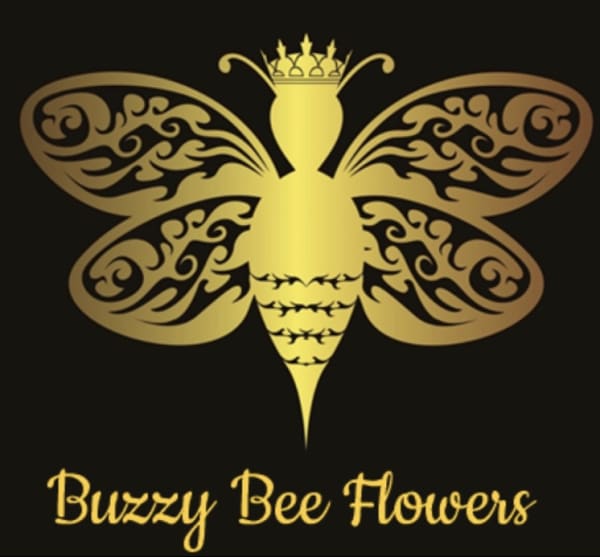1.Bleeding Hearts
Despite the name, these flowers are like cheery little charms dangling down the length of each branch. Even the chubby-lobbed leaves are attractive, at least until the flowers start to fade.
Although bleeding hearts are a welcome sight in the spring, you had better look quickly. As the days lengthen and the temperature warms, bleeding heart starts to turn yellow and forlorn. They can even disappear entirely for the summer, as many spring ephemerals do. But don't let that stop you from growing them. Simply plant them near later-emerging plants that will fill in the void as your bleeding hearts fade. Hosta, astilbe and ferns make great companions for bleeding hearts.
2. Bloodroot
Bloodroot is more of a ground cover than a bedding plant, and its small, white flowers can really brighten a shady or woodland garden. After the flowers disappear, the blue-green leaves provide a nice foil for summer flowers and even make a nice carpet on their own. Unlike many ground covers, bloodroot is not invasive and usually not even aggressive.
If can take several years for bloodroot plants to become established and start to spread, but they are fairly long-lived. There are single and double-flowered varieties. The doubles are more expensive, but they are gorgeous.
3. Siberian Bugloss
The heart-shaped leaves of false forget-me-nots (also called Siberian bugloss) often get more attention than its brilliant blue flowers. Several cultivars have beautiful, creamy variegation. But whether you grow it for its flowers or its foliage, this is an easy plant to care for.
Because this plant emerges so early in the spring, the leaves can get a bit tattered by summer. Simply cut them back and new leaves will fill in. It is a slow-growing plant, but it will eventually form a nicely sized clump. The species and stabilized varieties may self-seed, while the variegated varieties are slower to spread. This species tends to be short-lived. To keep them around longer, divide the plants every three years, or so, to reinvigorate them.

